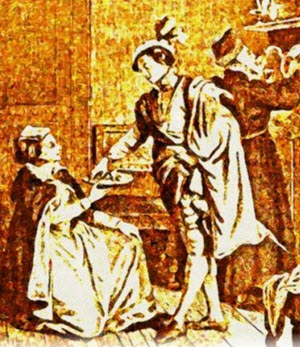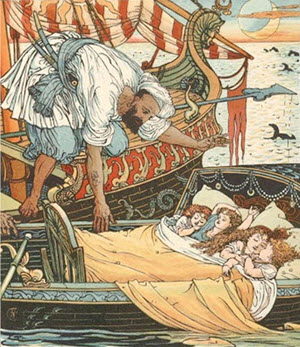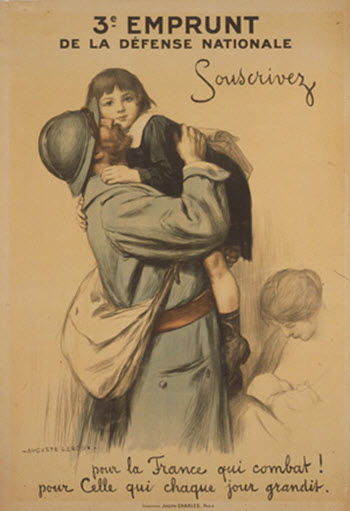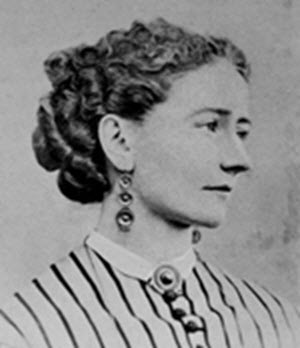Medieval Libraries and Manuscripts
View of Citeaux: from Viollet-Le-Duc, "Dictionnaire de l'Architecture," i. 271.
The former account, by the secretary of the Queen of Sicily, who visited Clairvaux 13 July 1517, is as follows:
On the same side of the cloister are fourteen studies, where the monks write and study, and over the said studies is the new library, to which one mounts by a broad and lofty spiral staircase from the aforesaid cloister. This library is 189 feet long, by 17 feet wide. In it are 48 seats (bancs), and in each seat 4 shelves (poulpitres) furnished with books on all subjects, but chiefly theology; the greater number of the said books are of vellum, and written by hand, richly storied and illuminated. The building that contains the said library is magnificent, built of stone, and excellently lighted on both sides with fine large windows, well glazed, looking out on the said cloister and the burial-ground of the brethren.... The said library is paved throughout with small tiles adorned with various designs.
The description written in 1723, by the learned Benedictines to whom we owe the Voyage Littéraire, is equally interesting:[Pg 30]
From the great cloister you proceed into the cloister of conversation, so called because the brethren are allowed to converse there. In this cloister there are 12 or 15 little cells, all of a row, where the brethren formerly used to write books; for this reason they are still called at the present day the writing-rooms. Over these cells is the Library, the building for which is large, vaulted, well lighted, and stocked with a large number of manuscripts, fastened by chains to desks; but there are not many printed books.
In the great cloister, on the side next the Chapter House, the same observer noted "books chained on wooden desks, which brethren can come and read when they please." The library was for serious study, the cloister for daily reading, probably in the main devotional.
If my time were unlimited I could describe to you several other fifteenth century monastic libraries, but I feel that I must content myself with only one more—that of the Franciscan House in London, commonly called Christ's Hospital. The first stone of this library was laid by Sir Richard Whittington, 21 October, 1421, and by Christmas Day in the following[Pg 31] year the roof was finished. Stow tells us that it was 129 feet long by 31 feet broad; and the Letters Patent of Henry the Eighth add that it had 28 desks, and 28 double settles of wainscot. The whole building—so well worth preservation—has been totally destroyed, but I am able to shew you a view of it.
Next: Sidenotes 3





